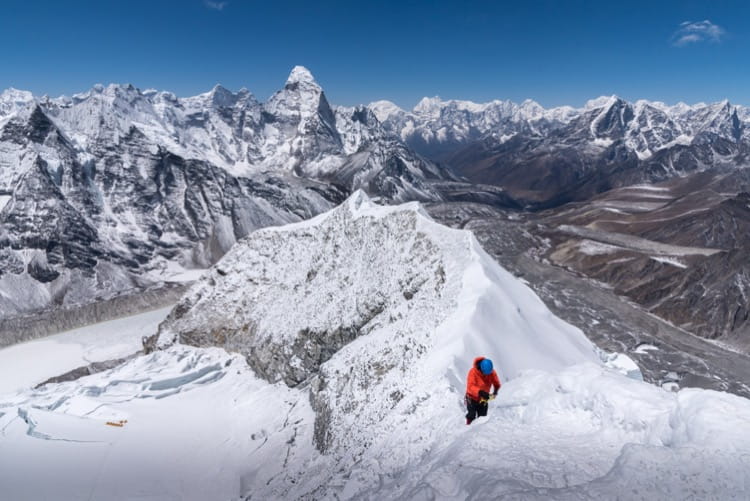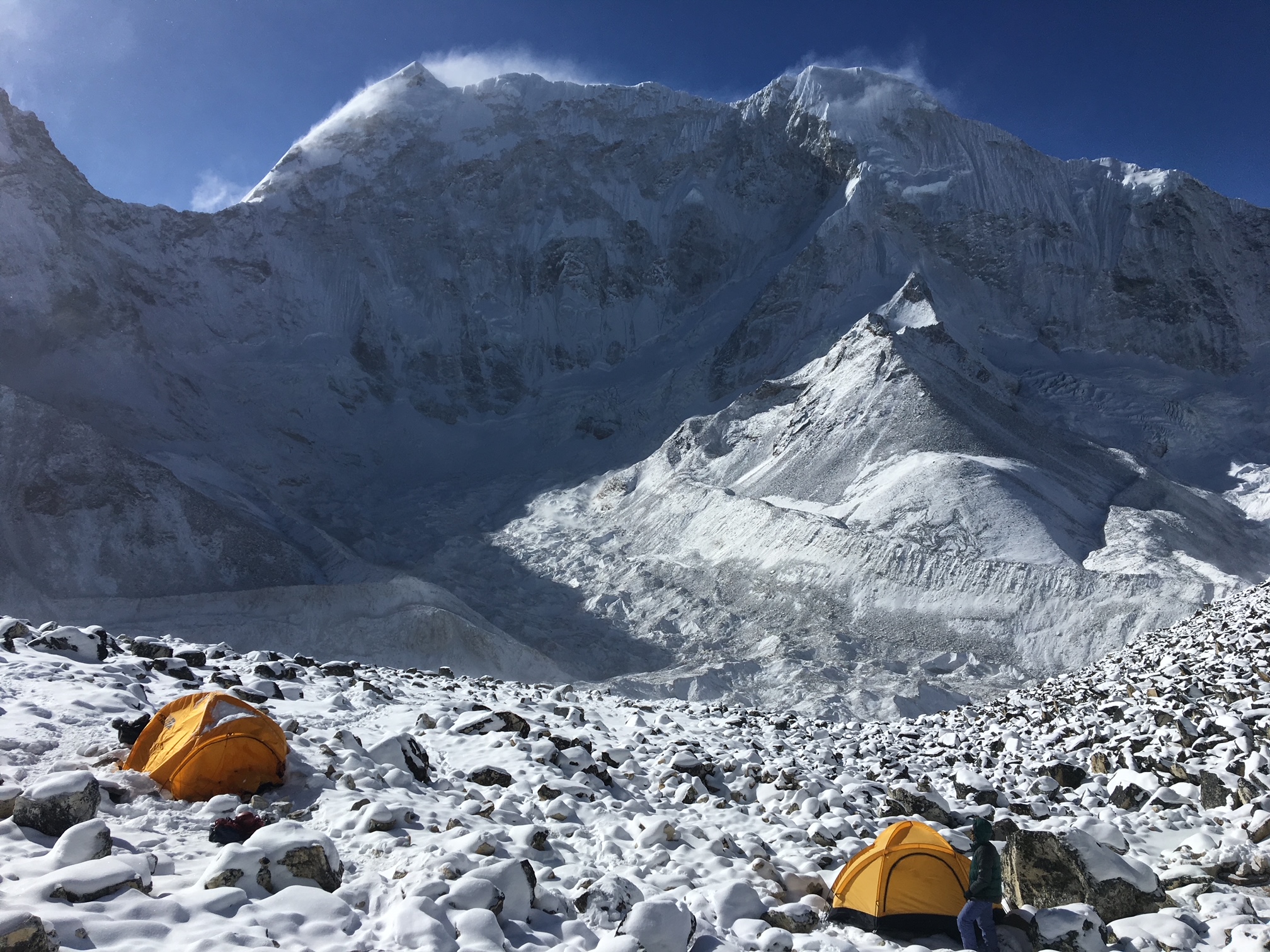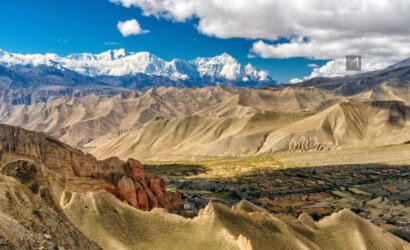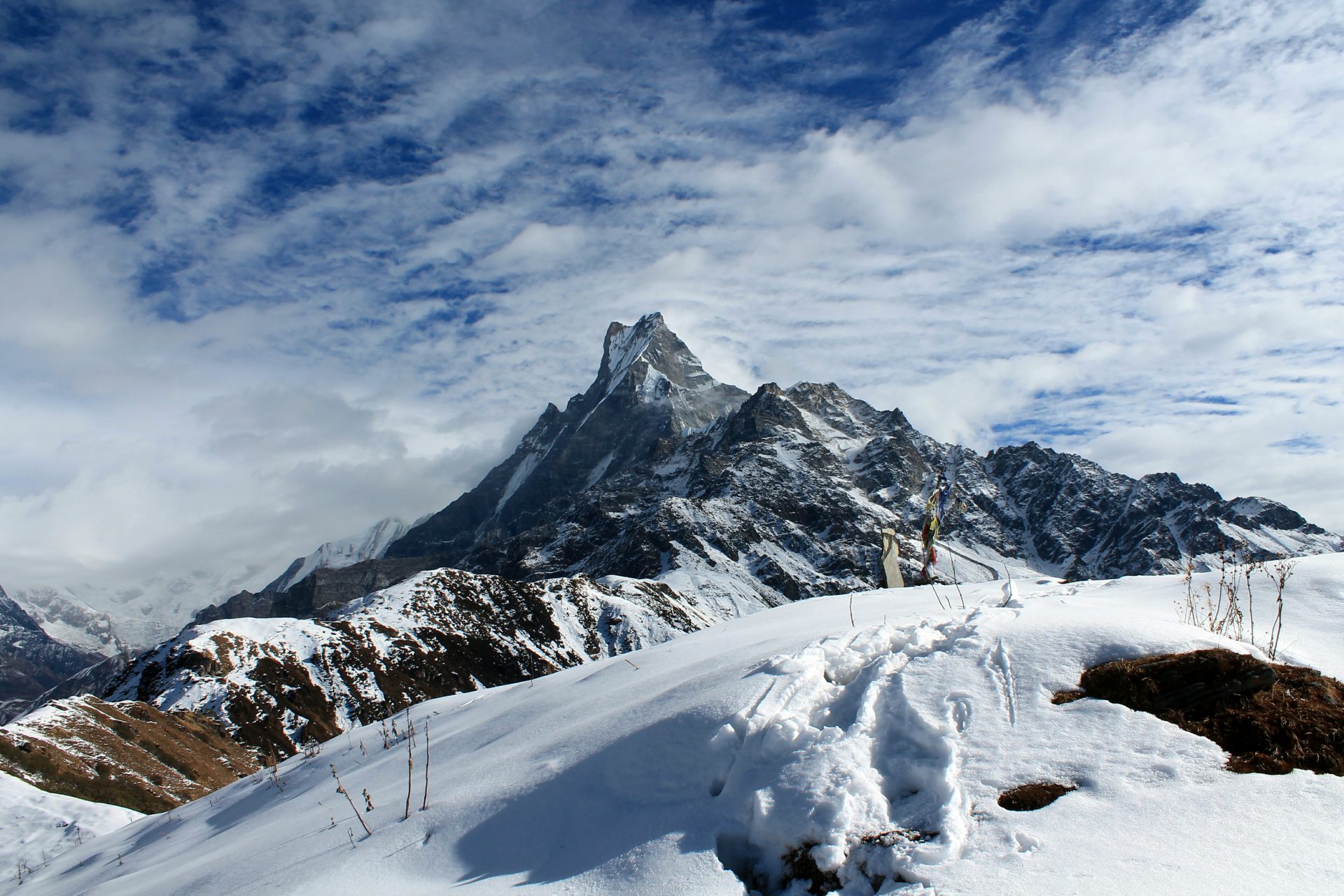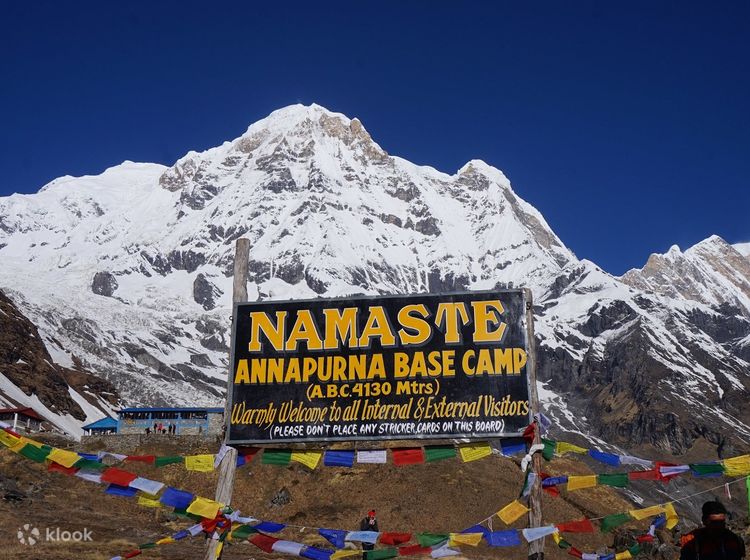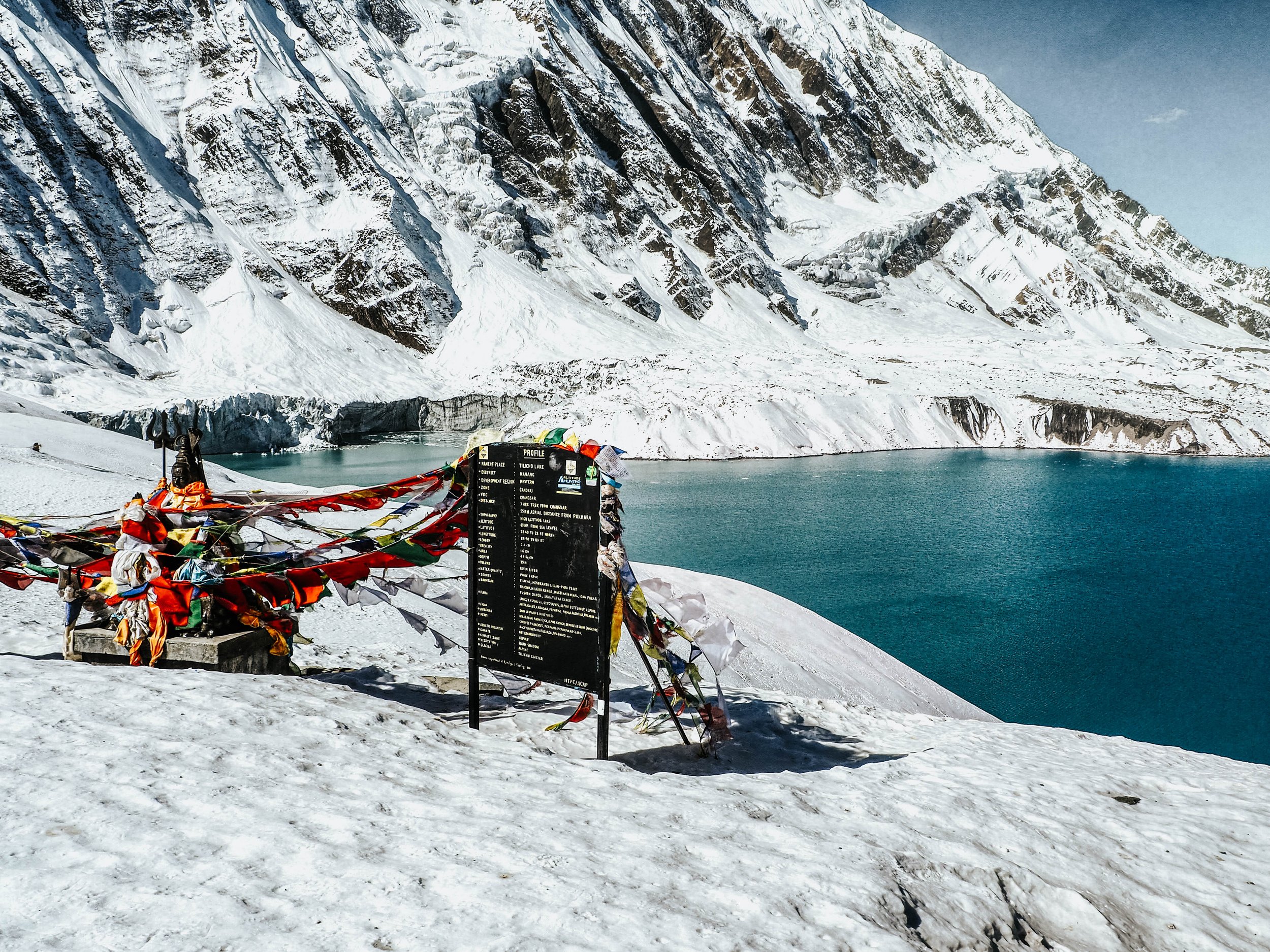-
January, February, June, July, August, September, and December
-
2+
-
Kathmandu
-
3 star hotels in Kathmandu , tea house during trek
-
All meals during the trek
-
Eco-Tour, Hiking
-
Bus,Car,Airlines
-
Easy to Moderate
-
6,189 meters (20,305 feet)
Overview
Island Peak, also known as Imja Tse, is a popular trekking peak in the Khumbu region of Nepal. Standing at an elevation of 6,189 meters (20,305 feet), Island Peak offers stunning panoramic views of the surrounding Himalayan peaks, including the iconic Lhotse and Ama Dablam. Climbing Island Peak is a challenging yet rewarding adventure, and as a travel agency, offering an overview of the expedition can help potential climbers understand the experience.
Trip Highlights
- Unparalleled panoramic views of some of the world's highest peaks, including Mount Everest, Lhotse, Ama Dablam, and many others, from various vantage points during the trek and ascent.
- The ultimate highlight - reaching the summit of Island Peak at 6,189 meters, providing a sense of achievement and awe-inspiring views of the surrounding Himalayan peaks.
- Staying in teahouses along the trekking route, providing a cozy and authentic experience of Himalayan hospitality.
- Witnessing breathtaking sunrises and sunsets over the Himalayan peaks, creating unforgettable moments on the journey.
Itinerary
Cost Includes
- All (international and domestic) airport transfers on a tourist vehicle
- Twin-sharing/double accommodation in a 3-star hotel for 2 nights in Kathmandu including breakfast (Private room accommodation can be organized at an extra cost)
- Twin-sharing guesthouse accommodation during the trek for 11 nights in the Everest Region with attached toilets in Lukla, Phakding & Namche
- All your standard meals during the trek (Breakfast, Lunch, and Dinner) including one hot drink and seasonal fruits
- Experienced, first-aid trained, government licensed, English-speaking Ace the Himalaya's trekking guide
- Permits for Sagarmatha/Everest National Park and TIMS (Trekkers' Information Management System)
- Porters during the trek for carrying luggage (1 porter for every 2 clients)
- Wages, accommodation, meals, gear, insurance, and medications for all staff
- Filtered water in the trails using Water Filter or using water purification tablets
- Round-trip airfare between Kathmandu/Manthali and Lukla
- 1 Ace the Himalaya’s duffel/kit bag, trekking map, sun hat, and trip completion certificate
- A farewell dinner on the last night in Nepal
- All administrative expenses and government taxes
Cost Excludes
- Meals (lunch and dinner) in Kathmandu
- International flight fare and airport departure tax
- Any beverages including bottled and boiled water
- Travel insurance along with high-altitude emergency evacuation coverage
- Tips to trekking staff and driver
- Nepal Entry Visa (Visa can be acquired easily after your arrival at Tribhuvan International Airport in Kathmandu with a fee of USD 50 for 30 days visa and USD 125 for 90 days visa)
- Personal Trekking gear and equipment
- Any expenses other than the Price Include section
FAQs
The optimal time for climbing Island Peak is during the pre-monsoon (spring) and post-monsoon (autumn) seasons, typically in April to May and September to November, when weather conditions are more stable.
While prior climbing experience is beneficial, it is not mandatory. Many climbers with good physical fitness and determination choose Island Peak as their first climbing adventure. Basic mountaineering training is usually provided during the expedition.
Climbers need to obtain a climbing permit from the Nepal Mountaineering Association (NMA) and a Sagarmatha National Park permit. These permits are essential to ensure compliance with regulations and support conservation efforts.
Island Peak is considered moderately challenging. The ascent involves technical sections such as a steep ice wall and crevasses. Climbers should have a good level of physical fitness and acclimatization to handle the altitude.
While it is not mandatory, hiring an experienced guide is highly recommended. Professional guides provide essential support, safety, and local knowledge. They assist with route navigation, technical aspects, and contribute to an overall safer and more enjoyable expedition.
